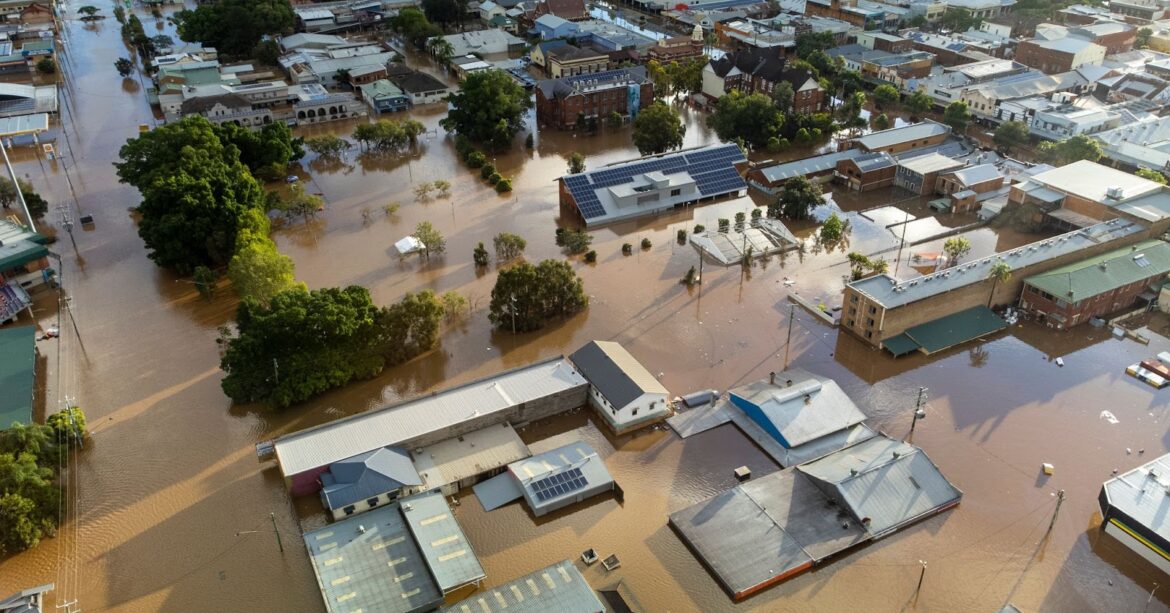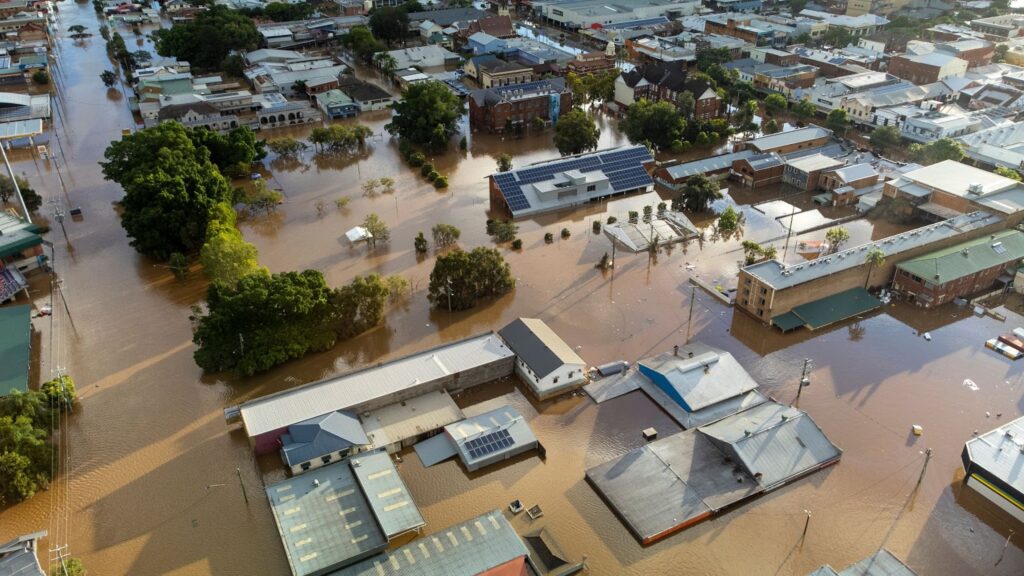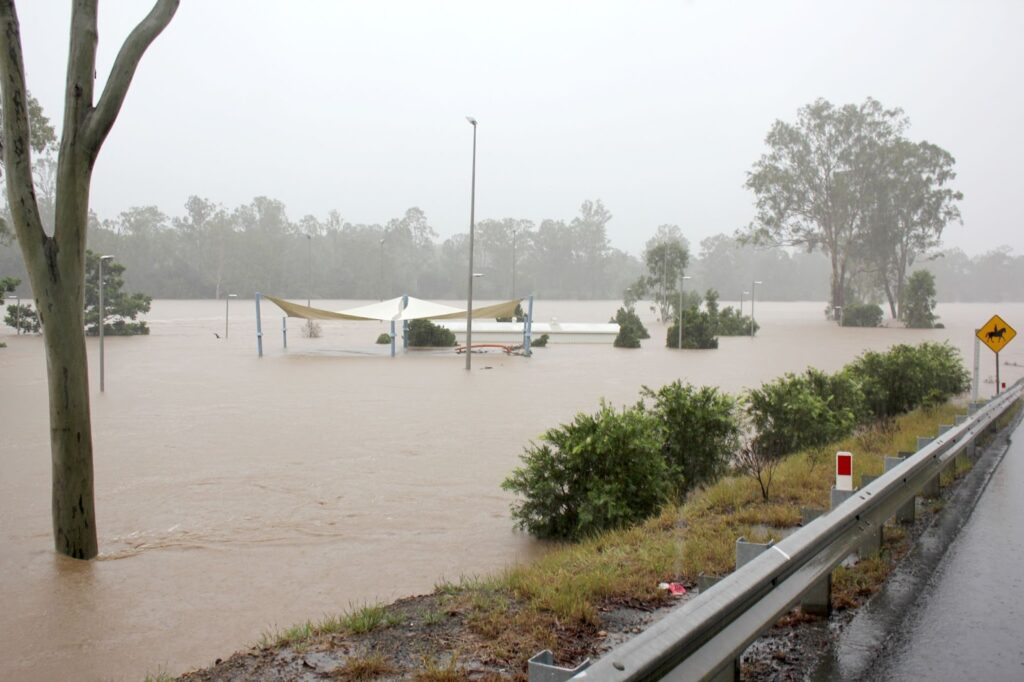The True Cost of Floods in Australia Not Yet Known
2022 was the year when extreme rainfall resulted in record-breaking floods across Eastern Australia. Climate change is a major cause of such weather conditions. Although action is being taken to combat climate issues, extreme weather will continue to be a problem in the future.
So, there could potentially be a repeat of 2022’s disastrous floods in the years to come. This is not good news, given the damage and resulting costs that the floods of 2022 caused. These costs have yet to be determined in full as heavy rainfall has continued into 2023 in some areas, and damage from flooding in 2022 is still being rectified.
Key points
- 2022 was the year when extreme rainfall resulted in record-breaking floods across Eastern Australia.
- The overall cost of the floods is yet to be determined.
- Some independent estimates of the cost of flooding in different areas have been published. However, these reports only cover certain types of agriculture and specific areas.
- Although the cost is unclear, issues such as crop and livestock destruction and property damage are obvious.
Record-breaking rainfall in Eastern Australia
Although exact figures for the cost of Australian floods are not yet known, they are set to be in the billions of dollars. The figure is so high because of the vast areas covered by considerable rainfall and flooding. In New South Wales (NSW), 43 towns were flooded, while 24 towns in Victoria and three in Tasmania suffered the same fate.
The flood-related issues in these areas include damage to property and possessions, destruction of crops and livestock, and the evacuation of entire communities. These issues continued throughout 2021/2022, with Eastern areas experiencing severe flooding five times over a period of 19 months.
The true cost of floods in Australia remains uncertain
The overall cost of flood damage may not be definite yet, but the effects of the “Great Deluge” are clear. Winter grain crops suffered damage, and the rain restricted the planting of summer crops. There were also significant livestock losses, and the chance of some pests and diseases occurring increased.
In terms of the crop situation, estimates from the Australian Crop Report suggest that crop abandonment will apply to around 16% of land planted in NSW, 7% in Victoria, and 5% in Queensland. Restricted harvesting could also result in crop downgrades like those seen in NSW and Queensland last season. In addition, there is likely to be damage to irrigated fruit crops in areas of Victoria and Queensland.
According to ABARES, some independent estimates of the cost of flooding in different areas have been published. However, these reports only cover certain types of agriculture and specific areas. So, it’s too early to develop a view of the overall picture. It’s possible that this picture will never be completely clear as yields are normally measured for a whole season rather than by periods covering specific events.
The last time the loss of production due to widespread flooding was estimated by ABARES was in 2011/12. The estimate was $500−$600 million which was a little over 1% of the total production for that year. However, that year still saw a record winter crop and records for crop production in Australia overall are also being set this time around.
Insurers recording high claim rates to reflect the damage
There may be no final figure for the damage caused by flooding but insurance claims in NSW indicate how severe the financial cost has been for some farmers and producers as well as people within the wider community.
Insurers in the state estimate that $5.5 billion in claims were lodged in 2022. In some cases, residents have been informed that their policies will not be renewed. The Insurance Council of Australia (ICA) chief executive, Andrew Hall, stated that more needs to be done to protect communities from flooding.
This makes sense, given that flooding continues to be a problem in parts of the country. There is some good news; the wet weather cycle in Eastern Australia is subsiding. However, climate change may continue to have an effect as heat, drought, and bushfires could follow if the El Nino cycle prevails.
2 - 2Shares



